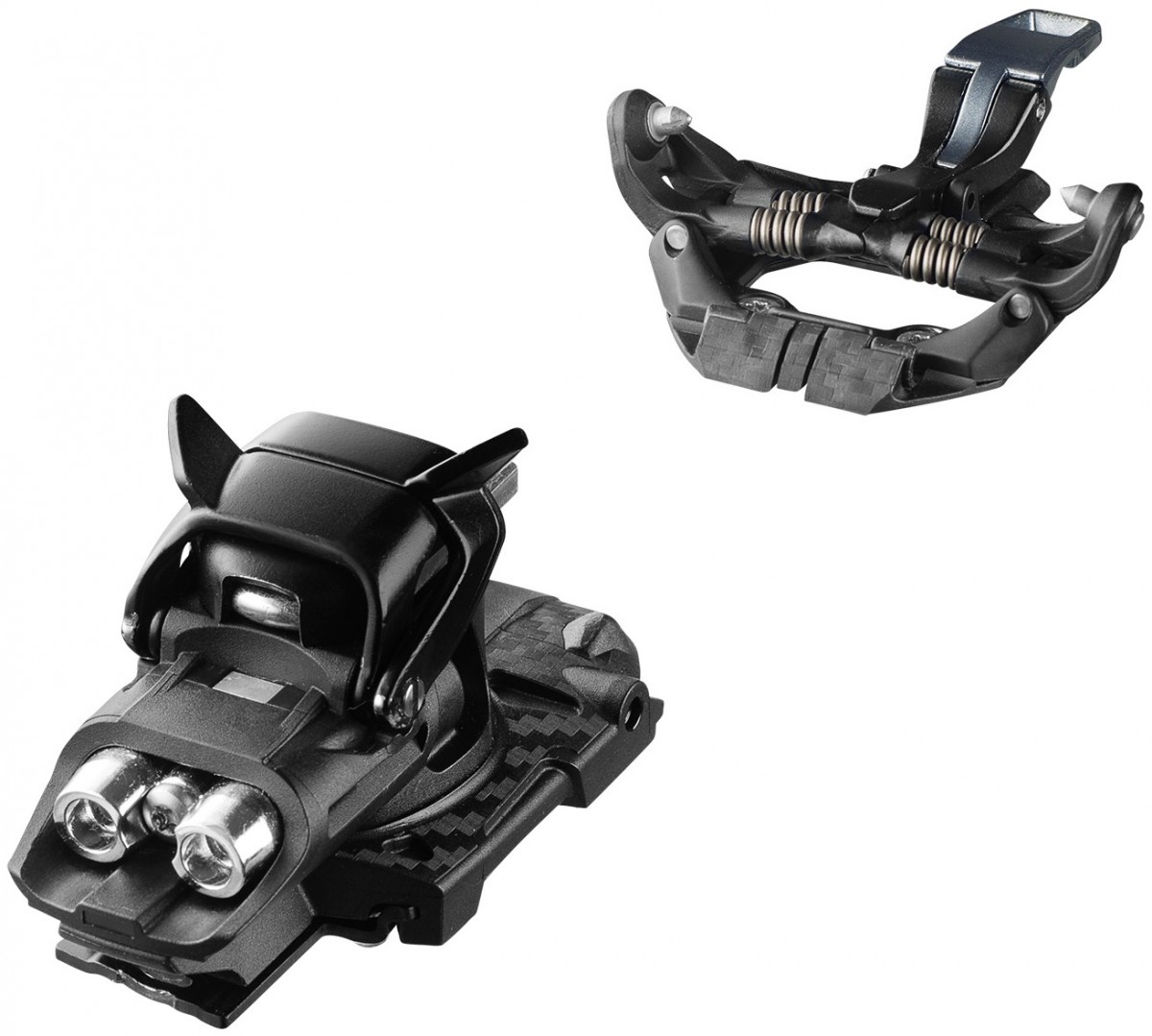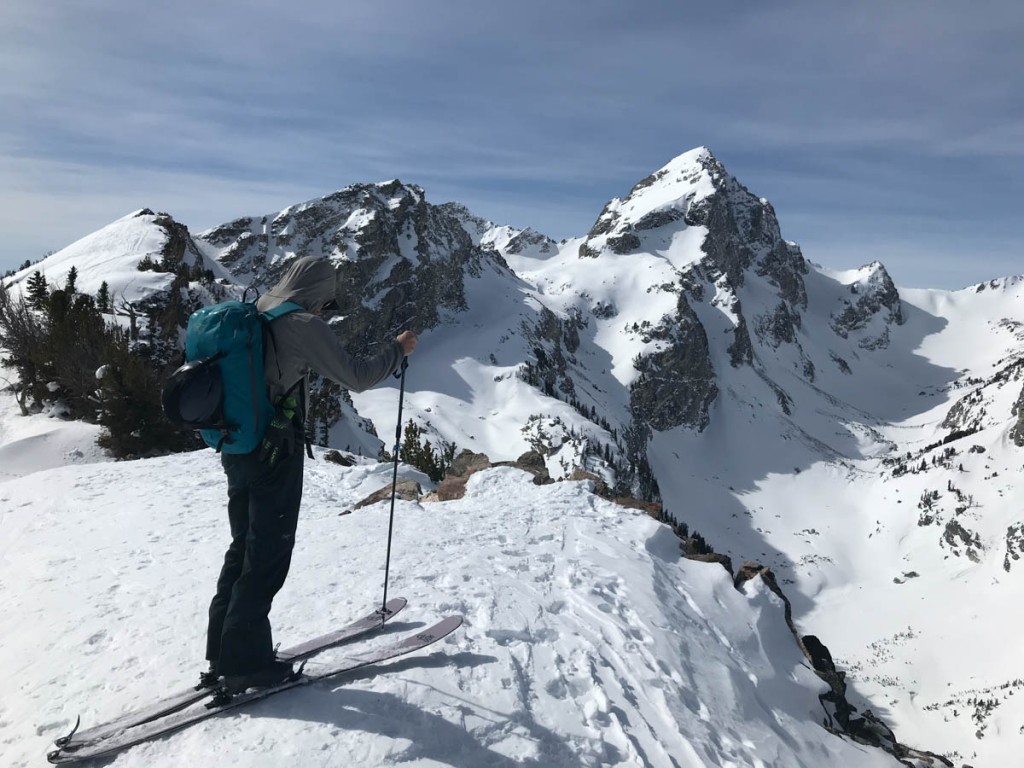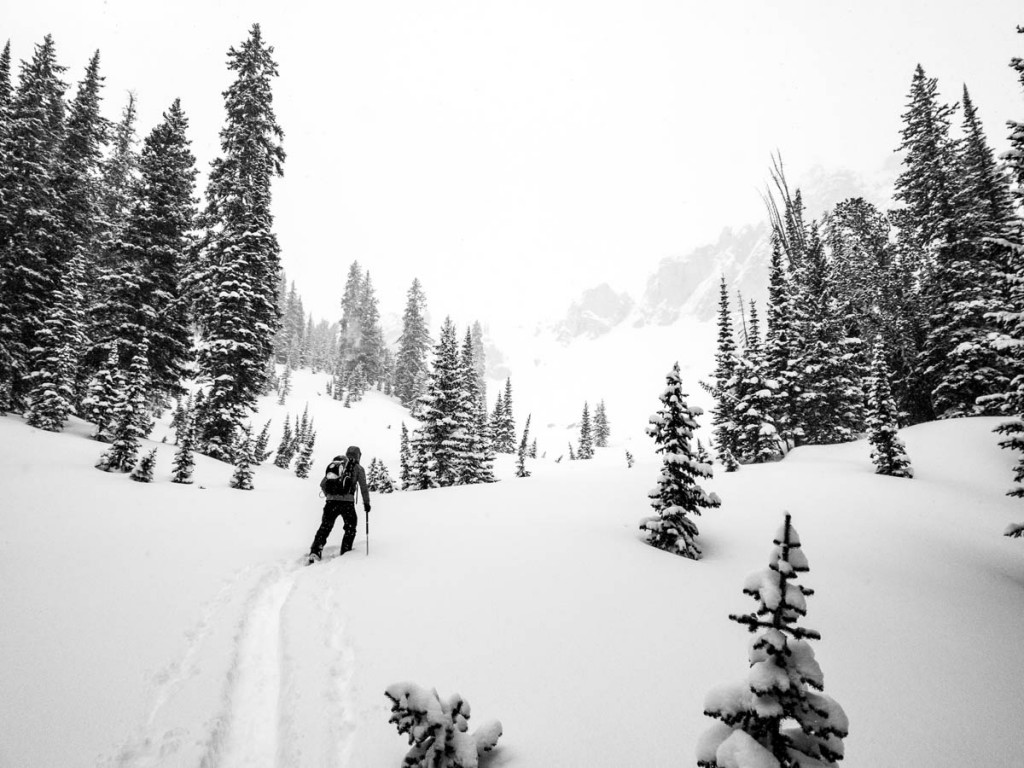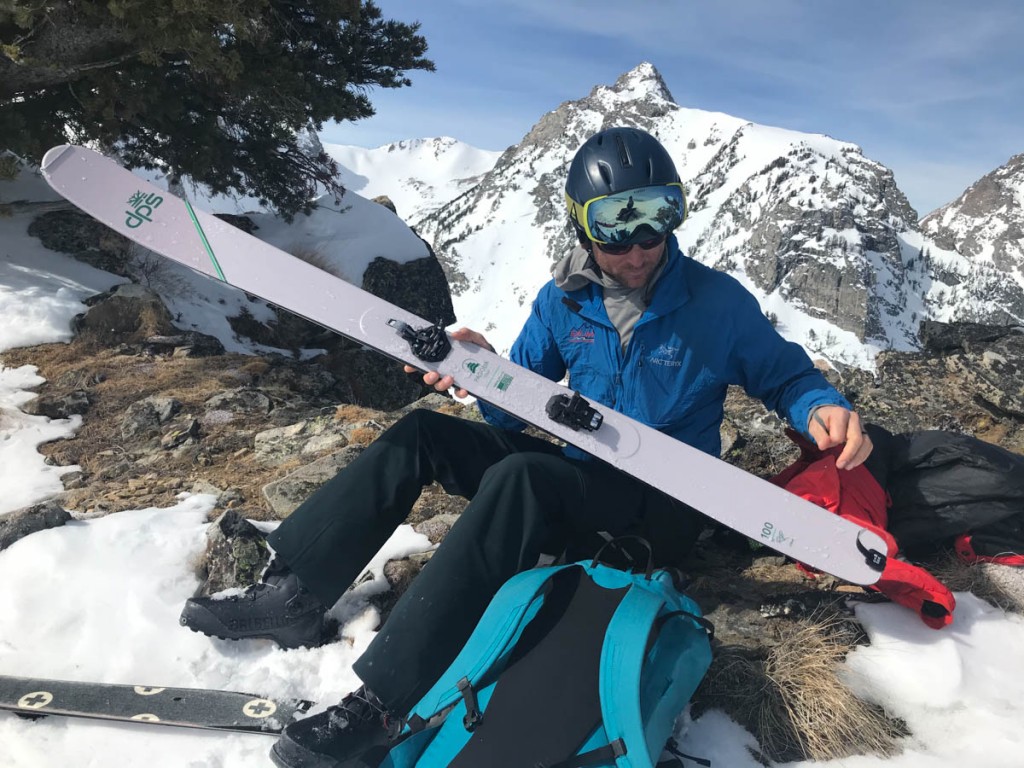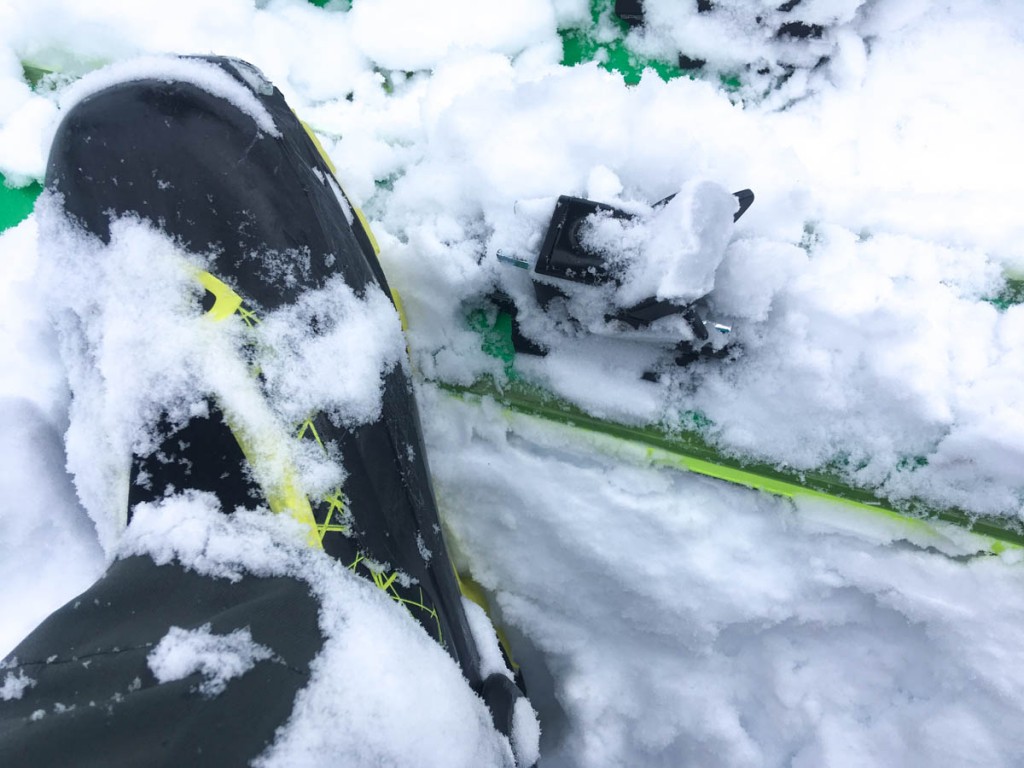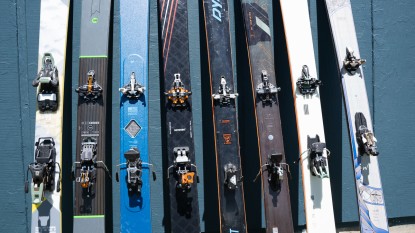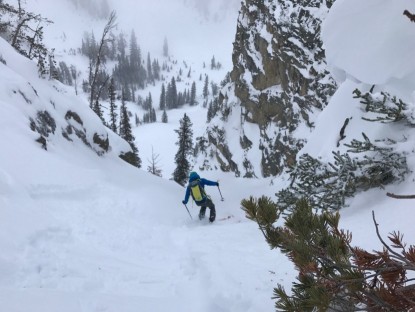Dynafit TLT Speed Review
Our Verdict
Our Analysis and Test Results
Dynafit's TLT Speed is a simple, basic binding for all kinds of human-powered skiing. Overall this high-value choice is about average. There are some pros and some cons, of course. The result is maybe a good value and definitely something you should consider.
Performance Comparison
Touring Performance
In terms of touring performance, we look at pivot range, heel elevations, and icing propensity. The TLT Speed has virtually zero pivot resistance and a wide range of motion. While we never had any issues, there are widespread reports of boots disengaging the toe piece of the TLT Speed in regular use. It seems to be correlated to boot size and model. The issue, more specifically, is in touring mode when doing anything that extends one's foot to the very front of the pivot range (as when doing a kick turn). In this situation, some boots apparently disengage the lock and push the ski entirely off your foot. Again, we did not have this issue at all. Nonetheless, reports are frequent and reliable enough that they deserve mention here.
There are three heel elevations on the TLT Speed, just like on the highest scoring award winners. The three TLT elevations, though, are all relatively close together. The overall range is more like that covered by the two lower levels of many other bindings. Three levels should bump up the touring score, but the fact that all three are so close together somewhat negates this.
Downhill Performance
Downhill performance is right in the league of most of the bindings we tested. Stack height, toe/heel delta, and energy transmission are about average. There is virtually no binding elasticity with this sort of binding design. Release value is adjustable but not certified by an external body. There are no ski brakes in the event you lose a ski. You must use leashes in any situation where losing a ski would be even slightly bad.
This set of downhill performance attributes is pretty standard. Some other bindings are a little better, of course. Hybrid tech/standard bindings are much better downhill, while others don't have any adjustable release. The highest scoring bindings in our test and others in this same weight class have similar downhill performance. More and more bindings in this weight class now add some spring tension in the heel piece, allowing for a sort of “forward pressure” or ski flex allowance that enables at least a little release elasticity. The TLT Speed does not have this forward pressure. Discerning skiers in high-energy turns may notice this otherwise very subtle difference. However, most skiers won't notice much difference between ski bindings within 100 grams of the TLT Speed.
Ease of Use
Simple products are easy to use. Dynafit has been in the business of making simple and easy-to-use ski bindings for a long time. In some ways, the TLT Speed is the culmination of decades of usability refinement. Stripped down, but with some important luxuries, one could say that the TLT Speed represents maximum ease of use. Our testing bears this out. We had a fine time with these bindings. Getting in and out of the toe piece is almost as easy as the easiest on the market. The heel lifters flip, with some practice, with your hand, or with a ski pole. If and when you change boots, Length adjustment is simple but requires a specialized driver or driver bit.
The one more notable issue we had was in rotating the heel piece from tour to ski mode. On a couple of occasions, occasions in which we are confident the mechanism wasn't frozen, something bound up in the heel piece to make turning it very, very difficult. We got it to turn each time, but it took great strength to do so. Our second test generation gave us less of this problem. It is not clear if anything changed in the design; maybe we just got better at making that turn.
Weight
For the price and the functions, the TLT Speed is light enough. You can readily pay more for far less weight, but you also suffer some ergonomic and usability compromises. These are light bindings in the grand scheme of things. For the price, these bindings are pretty light. You can spend a lot more (and compromise usability) to shave some grams. In the other direction, though, weight goes up fast and high, regardless of what you spend. There aren't any other bindings we know of that cost less and weigh less than the Dynafit TLT Speed. This is a testament to Dynafit's economy of scale and refinement of this category of product. For the weight, this a good value. For the price, this is a good weight.
Durability
We had absolutely no issues with the TLT Speed and anticipate none further. The construction is robust, calling on years of Dynafit experience in the field. Ongoing testing now, over hundreds of thousands of vertical feet and two pairs of tester TLT Speed bindings back up our durability assertions. We had no problems and expect none. We will keep testing and keep reporting. Testing for durability is one of our favorite things; we get to keep skiing on great gear, “trying” to break it. (We don't actually try to break it. Testing to failure is not in our protocol. It just doesn't fit with our consumer and environmental values at this time).
Value
For absolute value, there are few comparisons to the TLT Speed. You can pay a little less for one or two other products, but those other products are heavier and less refined. With years on the market now, there are sometimes further deals to be had with the TLT Speed. Watch for sales, and rest assured that performance is proven and solid.
Conclusion
Visually, and in terms of performance, the Dynafit TLT Speed virtually disappears. Unless you want high-end downhill performance, the absolute lightest weight, or maximum usability attributes, these are good things. Other bindings provide one or more of these upgrades, such that the TLT Speed ends up appearing pretty “average”. Our scoring bears that out, putting the TLT Speed smack in the middle of our scoring rubric. It's a great all-around, lightweight ski binding for backcountry skiing. As long as you aren't hucking cliffs or skiing Mach 2, the TLT Speed will keep up and lighten your load. Other options are close in weight and performance, with only marginal improvements.


